Society has an odd obsession with technology and its potential to overtake the human race. If anything, you’d think we’d be more inclined to focus all efforts on prolonging existence instead of contemplating reasons for our possible doom. Thankfully, we’ve still got some way to go before anything resembling The Terminator universe becomes our reality. But, AI is already proving to be very present in our everyday lives.
It’s almost impossible that anyone in today’s workforce hasn’t tried to use an AI-powered tool. Since ChatGPT’s public launch last November 2022, generative AI has really taken off.
In this post, we look at creating marketing visuals with the help of AI. And of course, we prompted all the images you see on this very page.
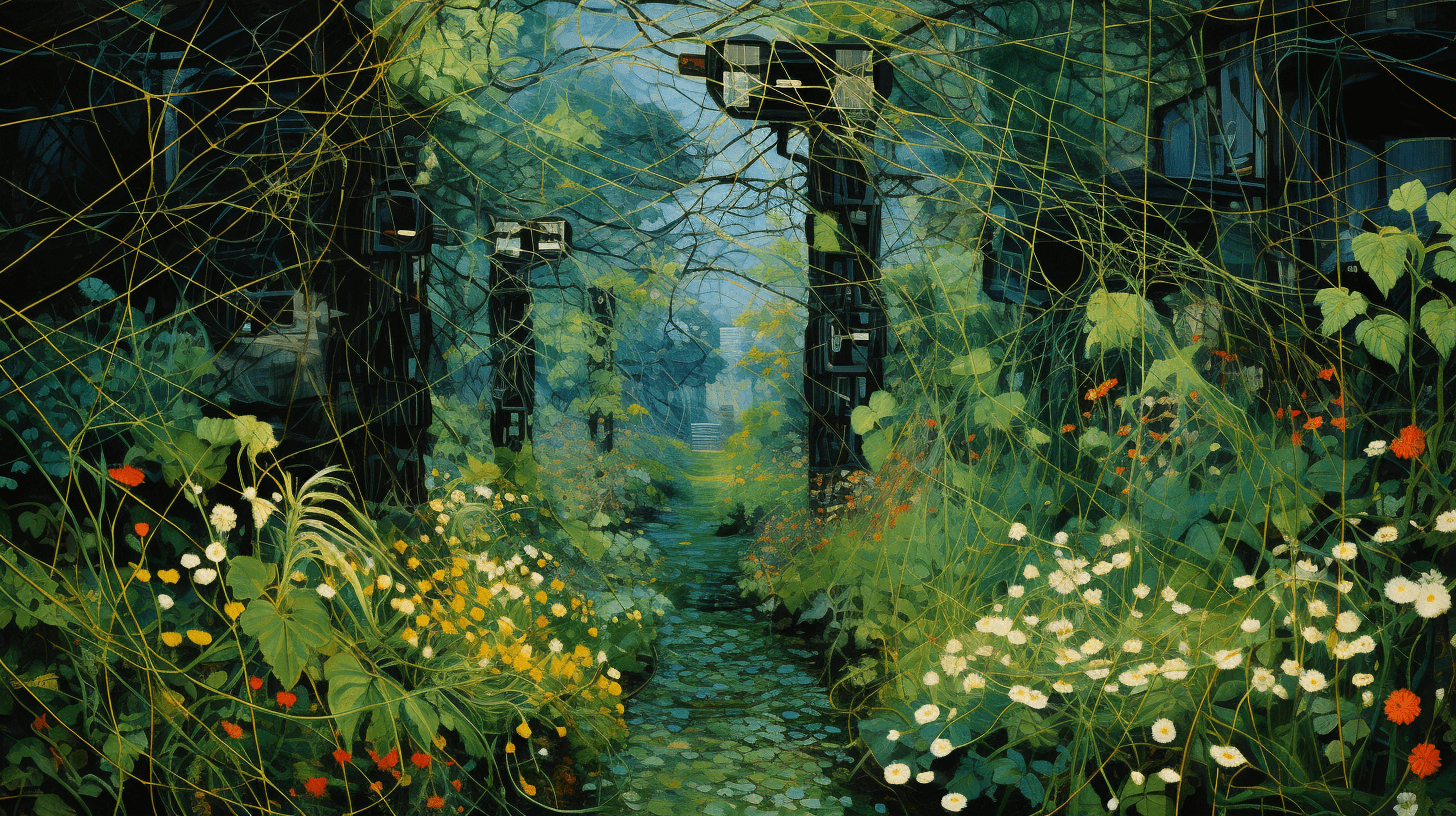
The significance of images for effective messaging
The importance of visual content can’t be understated.
Especially considering today’s digital landscape, moving and evolving at hypersonic speed, where the human attention span has been demoted to that of one below a goldfish. Webdam (now Bynder) found that social media posts with images receive 650% more engagement than text-only ones. Visual content is crucial for marketers to cut through the clutter and the chatter so that they can make a lasting impact on the person sitting on the other side of the screen.
Whether it’s logos, illustrations, photos, or infographics, visuals have the power to captivate audiences and elevate brand awareness in ways that words alone can’t achieve.
Visual marketing fundamentals
Visuals play on four main factors.
- Engagement: It’s called the Picture Superiority Effect. Humans remember only 10 to 20% of the information they’ve heard or read. Retention increases to 65% when visuals are added to the mix. Being able to seize this attention is vital – and increasingly difficult – to increase brand recognition and customer loyalty.
- Emotional connection: An excellent visual evokes feeling, creates connection, and leaves an impression. When the focus is on shared experiences, stories, or aspirational imagery, brands can connect even more with audiences, leading to increased loyalty and advocacy.
- Versatility: Content can be tailored to different people and platforms, which means better engagement and (ideally) higher conversion rates. From simple product highlights to emotionally-compelling videos and well-constructed infographics, possibilities are endless.
- Online amplification: The chance of a brand succeeding without an online, particularly social media, presence is essentially nil. That said, visuals enhance content. They can increase views by 94% and improve the likelihood of shares 40 times over.
The allure of generative AI
And then we’ve got generative AI platforms that harness the full might of AI to create, edit, and optimise content, given a human mind knows how to make the most of them. Combined with the power of visual storytelling, it offers a plethora of benefits (e.g. personalisation, data in abundance, and a focus on creativity instead of mundane tasks) that should entice marketers to embrace this forward-looking tech.
Putting platforms to the test
On to the fun part!
There’s no stopping new players from coming onto the scene, but we tried out a few of the most popular AI tools for image generation. So without further ado, here’s our take on them.
For user level, we’ve given our own ratings, where 1 is the easiest and 5 is the most difficult. For cost, we refer to image generations as ‘credits’. 1 credit gives 4 variations per text prompt.
1. Magic Media’s Text to Image by Canva
- Cost
- Free – includes 50 credits
- Paid – 500 credits/month per user if you’re under a paid Canva subscription
- User level: 1/5
- Platform/s: browser, desktop app
Canva has heaps of built-in AI apps and Magic Media’s Text to Image is one of them. Probably the simplest to use on this list, it functions exactly as its name implies – with more than 10 art style presets and 3 aspect ratios. Magic Media further comprises a Text to Video feature, and these are part of Canva’s Magic Studio which offers many more AI-powered tools that’ll help you expand your images, edit/replace parts of images, and remove, resize, or reposition elements of images. But out of these photo-editing tools, only Magic Edit is available for free Canva users.
Canva’s Magic Studio is a little bit disappointing as outcomes can be quite mediocre, however they can also come out good – it’s a hit or miss. Worth trying, anyway. And also worth a shot to try other AI image-to-text apps offered by Canva, such as DALL-E by Open AI or Imagen by Google Cloud.
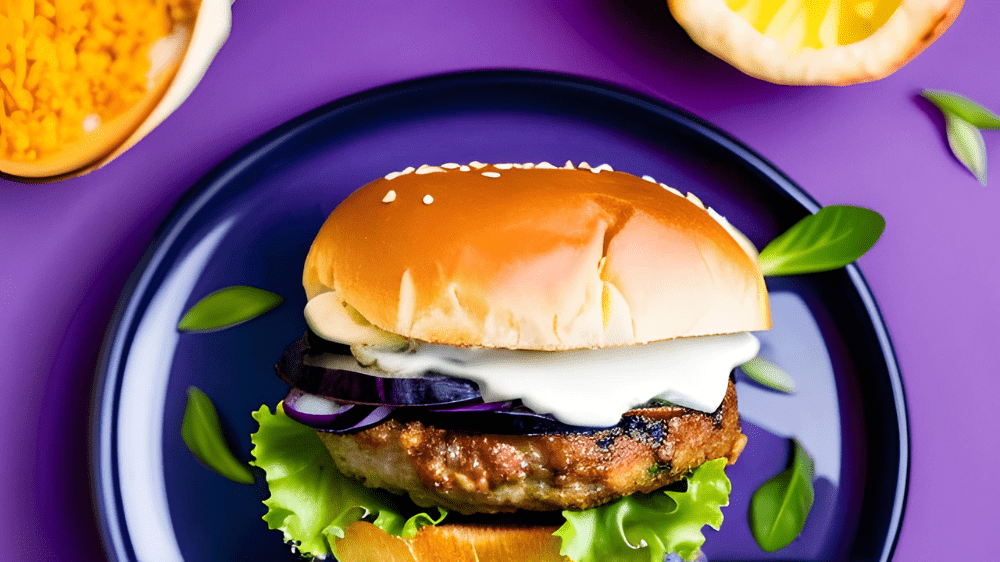
Not bad. But as you can see, there are no mushroom props around the burger, though a few other unsolicited ones. The quality is also not up to par, and the burger – along with many outcomes by Canva AI – looks a little too fake. Overall, it’s still worth a shot.
2. DALL·E 3 by OpenAI
- Cost: $20/month (through ChatGPT Plus)
- User level: 3/5
- Platform/s: browser
OpenAI set a certain bar with ChatGPT, quickly followed by the public rollout of DALL·E 2. Now, DALL·E 3 has been released (to ChatGPT Plus, Team, and Enterprise users, and developers through their API). Unfortunately, DALL·E 2 isn’t available to new customers anymore – any new customers will have to access DALL·E 3. Older adopters who’ve previously purchased credits still have access. For new users looking to try DALL·E 3, it’s not one to miss if you’re looking to test between the myriad of options. Persistence is key.
DALL·E 3 comes with significant improvements from DALL·E 2, where one of its caveats was the default square aspect ratio of 1024 px by 1024 px. DALL·E 3 accepts three different image sizes. And since it’s release, there’s been talk about its performance comparing to other generative AI platforms like Midjourney and Firefly.
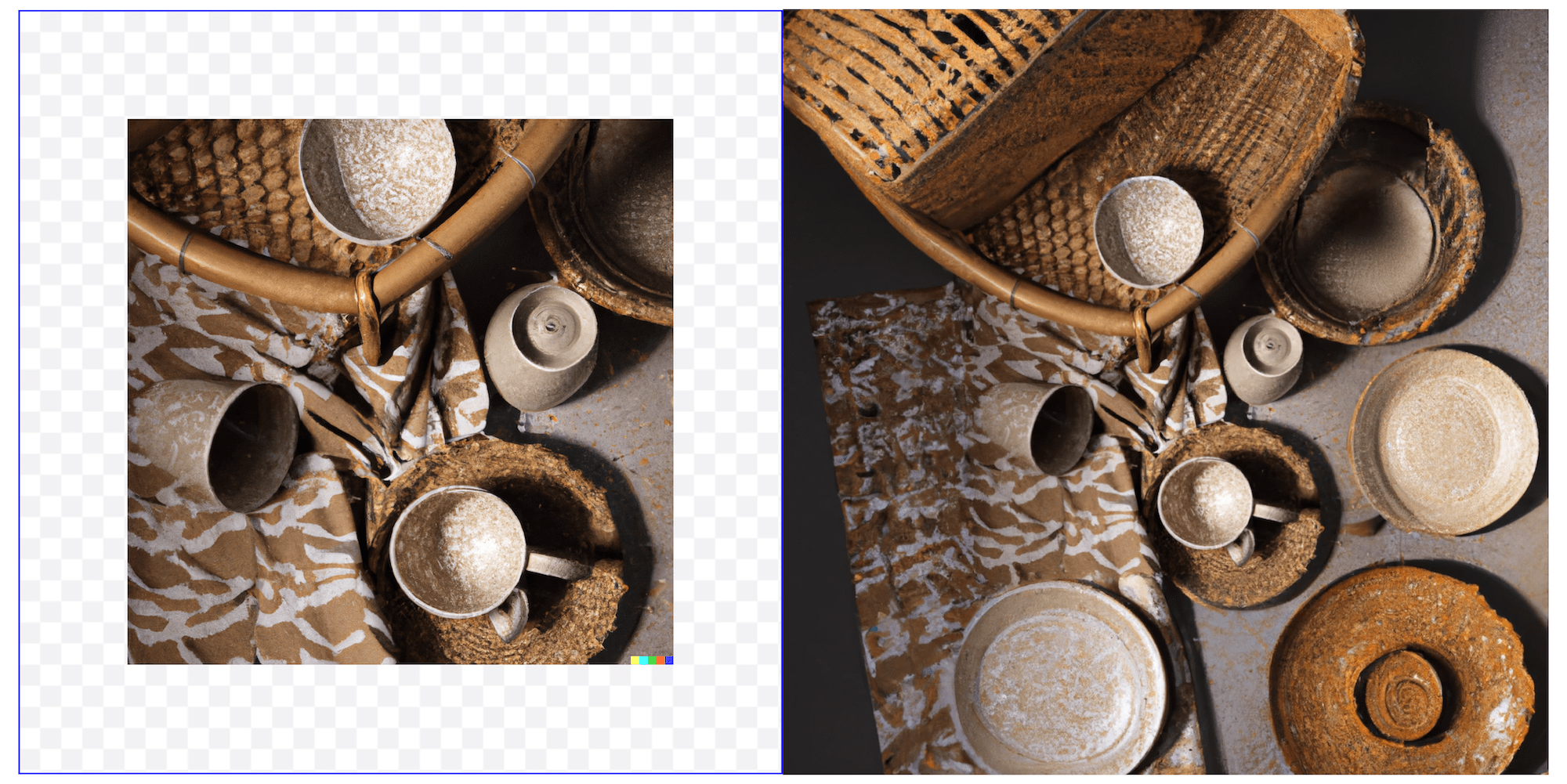
Flat lay photography is an excellent addition to the assortment of product visuals. People can see how products fit into a certain lifestyle, and it injects a sense of vigour into an otherwise inanimate object. In the example above, we used Outpainting to spice up another image we made with DALL·E 2. A high resolution isn’t too vital on social media platforms like Instagram, as long as the brand aesthetic is there.
3. Generative Fill by Adobe Photoshop Beta
- Cost:
- Free for Photoshop subscribers
- 7-day free trial for non-subscribers
- User Level: 3/5
- Platform/s: desktop app, browser
Adobe’s AI-powered Generative Fill is not difficult to use and can actually provide some spectacular results – after a fair amount of trial and error. All you need to do is select the area for editing, input your prompt in the text box, and click ‘generate’. Leave the text box blank if you want Adobe to remove an object or fill in the background space. More often than not, the outputs look rather odd, guaranteed to give you a good laugh, for sure. But you can generate results as many times as you’d like and you’re almost sure to find at least one result that resembles what you were looking for in the first place.
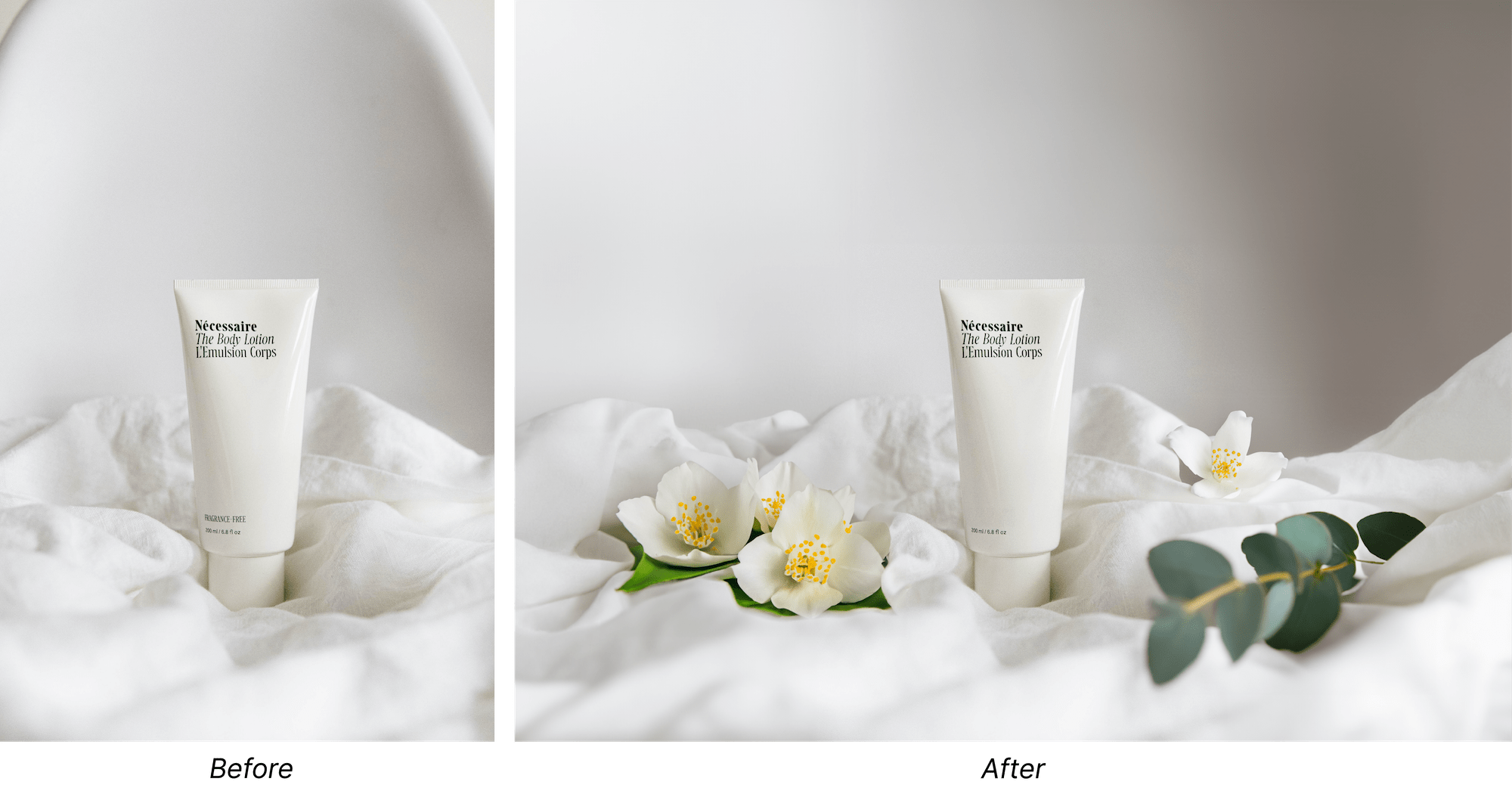
If you’re looking to enhance marketing product images, Generative Fill is a good tool that realistically extends backgrounds, removes unwanted elements, and adds desired props around an image. Note that if you want your outcome at its highest potential, it’s best to have some general Photoshop skills to be able to make further edits and improvements. You can also create a brand new image, working piece by piece to fill up the space, in which case more detailed prompts would be necessary – see prompt tips below.
4. Midjourney
- Cost
- A variety of paid plans, starting from $10/month which is good for about 200 credits according to them
- User level: 4/5
- Platform/s: via Discord – browser, desktop app
Midjourney was officially designed as a bot for Discord. So yes, you need to go through the chat app for access – but don’t let that stop you. Midjourney is one of the top picks for image generation, and it doesn’t take long to see why.
The artistic capabilities are astounding – able to produce photographs, paintings, infographics, UX/UI design, and whatever else a creative role may require. If you have a particular variation you’re pleased with, you can continue to edit components like colour and size. It’s also possible to upload existing images and use Midjourney as an editor. On top of all that, perhaps the most convincing part about this platform is the breadth of customisation it offers – something lacking in many others. Learning the format and vocabulary to build Midjourney prompts takes a bit of practice, but we think it’s quite the magic wand.
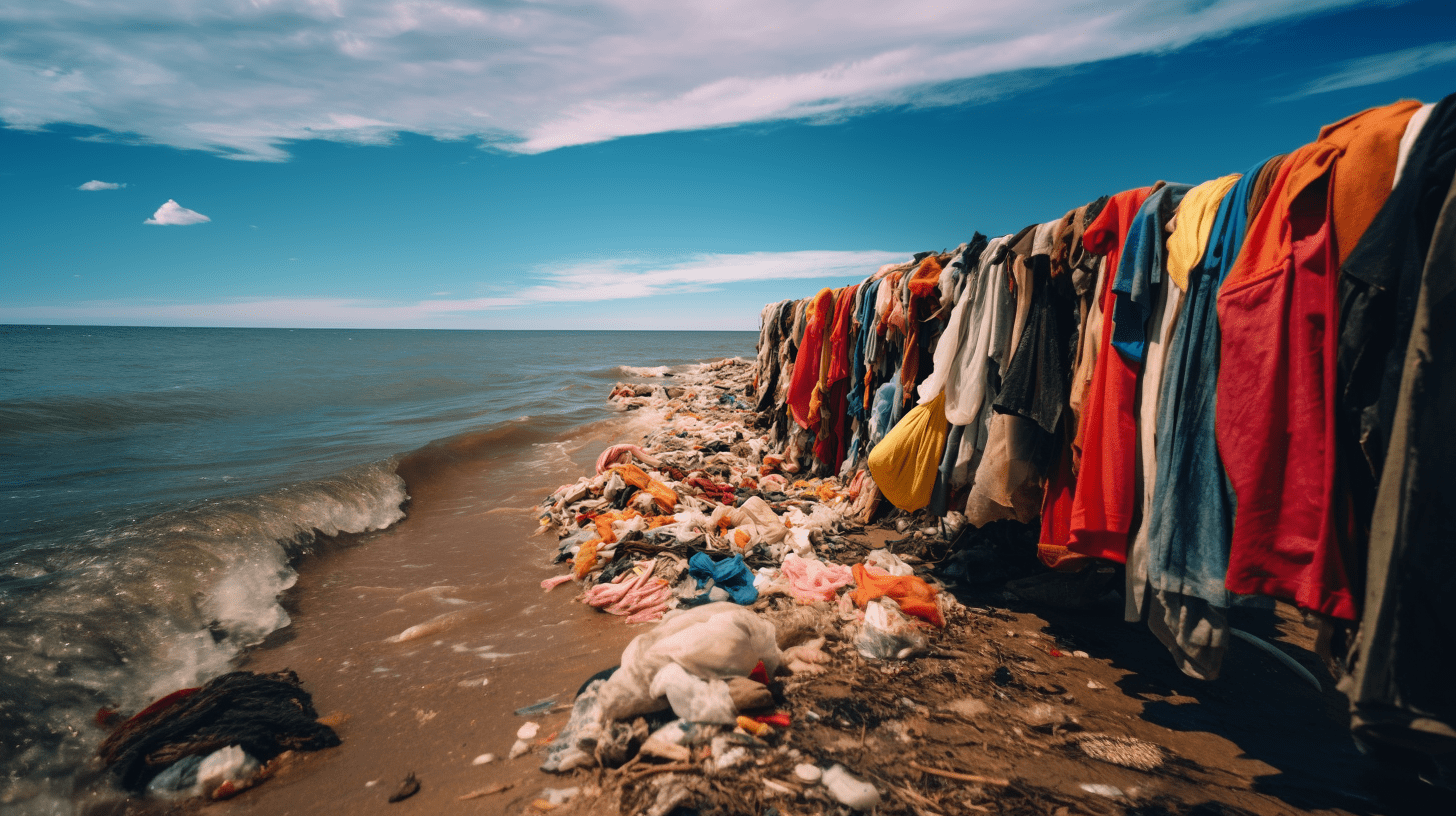
In the case of sustainable fashion, textile waste (resulting from overproduction and unsold stock) is a well-known environmental problem. But we’re all too familiar with the difficulty of finding appropriate and accessible photos to illustrate the issue at hand. If you’re ever stuck in the same pickle, might we suggest the helping hand of generative AI? But always remember to back it up with cold hard facts. One thing is a persuasive argument, another is pure theatrics.
Tools to vectorize your AI images (free & paid)
So. You got AI to create your images. But maybe you had something more specific in mind, which these tools just aren’t able to make happen on their own. In that case, you can use free tools like Creative Fabrica’s ai vectorizer to make further edits. Or, if you’re doing this on a serious level and need some extra features, you can try one of the premium tools, like vectorizer.ai.
You can also use more fully-fledged image suites like Adobe Illustrator, which requires quite a pricey monthly fee, or GIMP, which is free.
However you do it, once vectorized, the options are endless. You can even recolour your image directly in Illustrator with the recently introduced AI-driven Generative Recolor (Beta) feature.
Help – the AI’s giving me terrifying outputs!
And for those who are still struggling to master the fine art of AI prompts, you’re not alone. Some of our earlier attempts were somewhat jarring. Take, for example, our shot at creating an alternative Akepa bird icon – with the original bird (left) and the two AI borks (centre and right). These aren’t even cropped, by the way, this is what got made! Scary stuff.
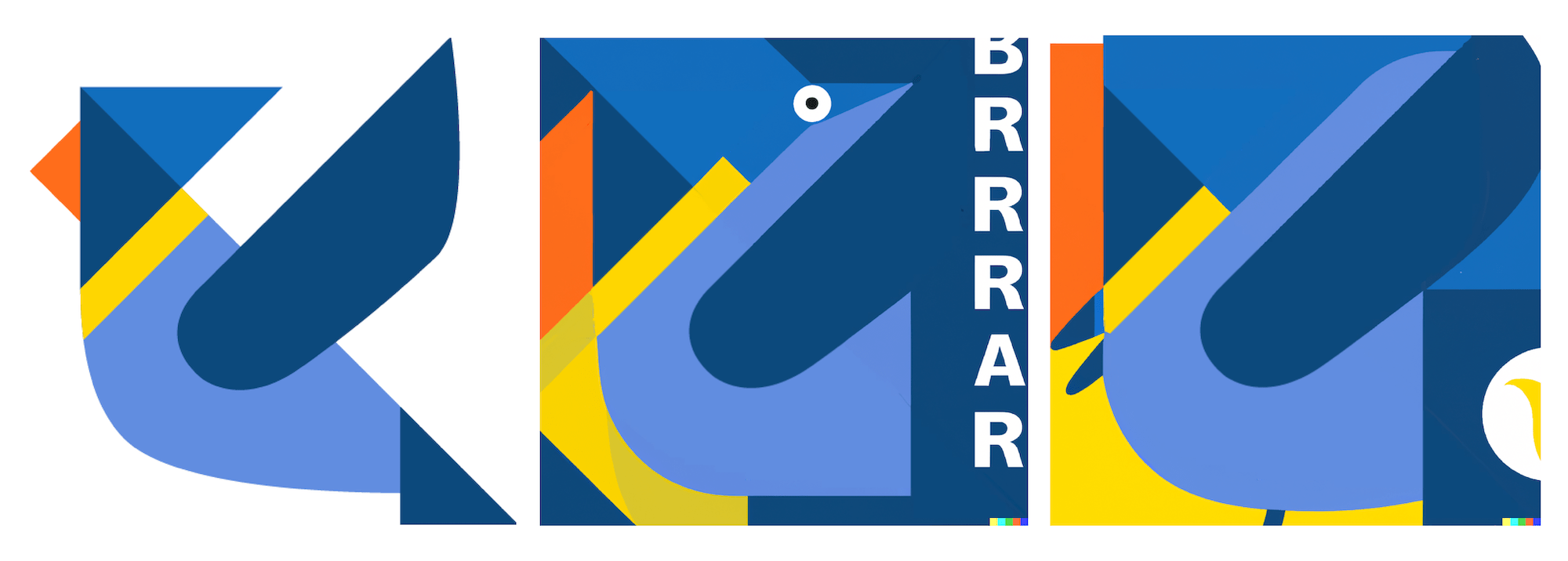
Prompt tips
While some image settings or customisations aren’t present in all the platforms we trialled, here are our top five prompt tips to consistently get the best outcome possible.
- The content form – is it a photograph, illustration, or 3D rendering?
- The subject – the main focus be it an animal or inanimate object.
- The composition – if the image in mind has multiple elements, think carefully about how you want them arranged.
- Relevant details – dominant colour or colour scheme, art or artist style/reference, and so on. Specifics are key!
- Things you don’t want – especially in the case of text or letters when you don’t want them there in the first place.
Conclusion
So there you have it.
There’s a very clear appeal to generative AI. Time savings is a huge plus, but the big one is the purely technical advantage to create based on the millions of data these platforms were fed. With this in mind, the other part of the equation is us: the human, the person, typing up the prompt. And for this, a creative mind becomes even more valuable – the ability to put pen to paper and communicate what’s going on inside the head.
Now, if you’re a brand or business with a sustainable mission seeking to strengthen your digital marketing strategy, don’t be shy to reach out to us at Akepa.
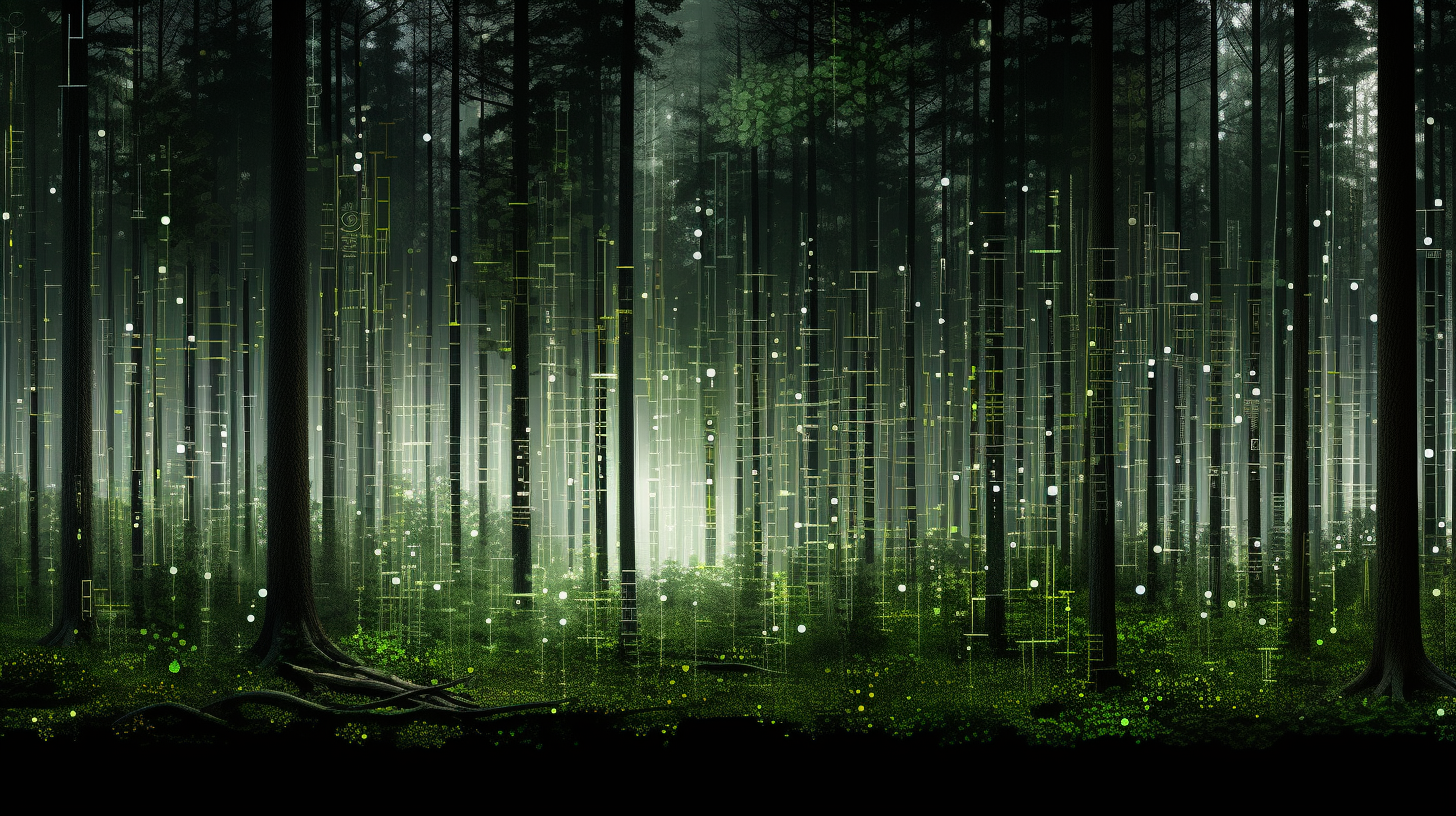

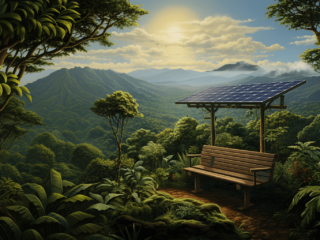
Leave a Reply